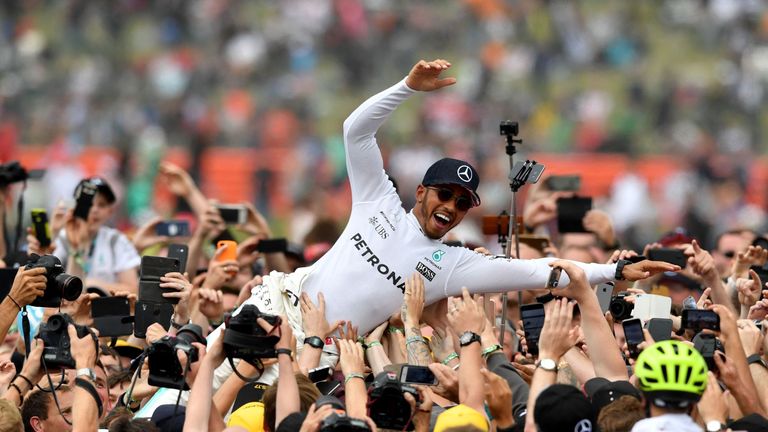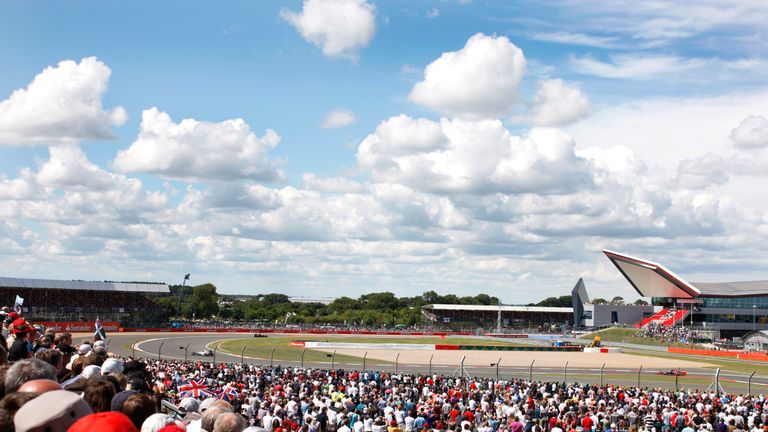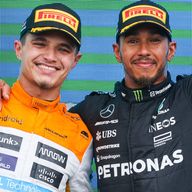Silverstone in profile
Last Updated: 24/05/23 4:35pm

The home of British motorsport, the Northamptonshire-based Silverstone circuit, which was used during World War Two as a bomber station, hosted the first ever round of the Formula 1 World Championship in 1950 and has been the permanent venue for the British GP since the late 1980s.
In a way, it feels like Formula 1 comes home every time the sport heads back to the former airfield. Whether it's jaw-dropping wheel to wheel racing, tyre-bursting drama or title rivals coming together Silverstone delivers the action that the roaring, passionate crowd turn out in their thousands to see.
It's a high-speed track and tests the limits of the cars' grip and the nerves of the driver. The wide layout invites drivers to go side by side as they negotiate who comes out on top in one of Formula 1's most prestigious races.
Track length - 5.891 km
Number of laps - 52

Look out for drivers trying to make up places on the Wellington Straight, the mesmerising Maggots and Becketts and, of course, Copse, the scene of THAT 2021 incident between home hero Lewis Hamilton and Max Verstappen.
Silverstone has undergone some different track configurations over the years, with the most recent major change coming in 2011, when 'The Loop' section was added.
Fans were split over whether the addition was a good move, but it's definitely contributed to the stunning racing in recent years as the drivers can make a bold move into Turns Three or Four, before continuing the battle throughout the rest of the sector.
Hamilton's win in the rain in 2008 is considered one of his best victories in F1, while people still talk about Nigel Mansell's 1987 extraordinary drive to beat Williams team-mate Nelson Piquet.
In 2022, Carlos Sainz won his maiden F1 race and there was an epic battle behind for the podium places between Hamilton, Charles Leclerc and Sergio Perez.





